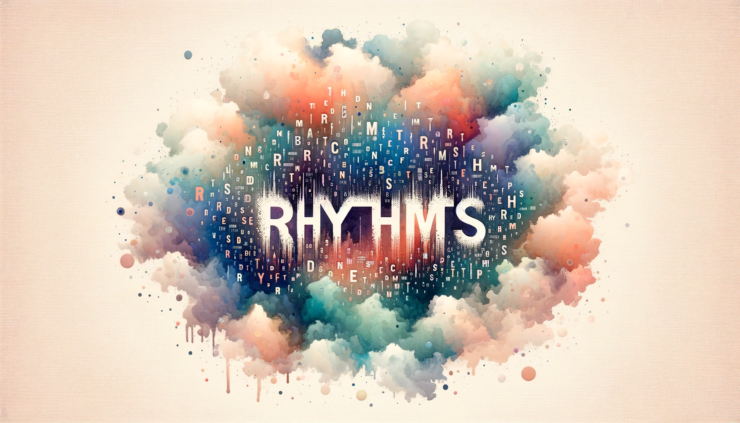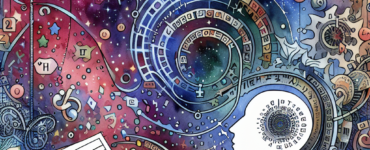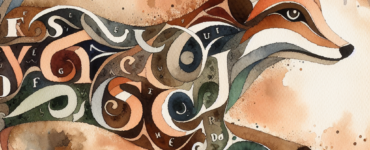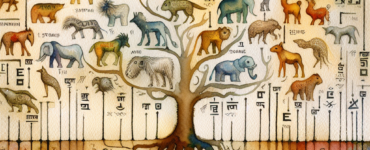The word “rhythms” is often cited as the longest English word without a vowel, but it’s important to clarify what ” vowel ” means in this context. In English, vowels are typically the letters A, E, I, O, U, and sometimes Y. In the word “rhythms,” the letter Y acts as a vowel.
However, when people refer to “vowels” in the context of words like “rhythms,” they usually mean the traditional five vowels (A, E, I, O, U) and exclude Y. Under this definition, “rhythms” is one of the longest common English words without a traditional vowel, with eight letters.
The letter Y can represent both vowel sounds (as in “happy”) and consonant sounds (as in “yellow”). In “rhythms,” the Y represents a vowel sound.((https://www.merriam-webster.com/grammar/why-y-is-sometimes-a-vowel-usage)),((https://www.yourdictionary.com/articles/y-vowel-words-guide))
Other words in English also don’t contain any of the traditional five vowels and use Y as a vowel,((https://www.dictionary.com/e/spelling-rules/)),((https://wegotthiscovered.com/gaming/5-letter-words-with-y-in-the-middle-wordle-game-help/)),((https://www.spellzone.com/word_lists/list-236.htm)) such as “myth” and “gypsy,” but they are shorter than “rhythms.” This makes “rhythms” notable for its length while still adhering to the specific criteria of not including A, E, I, O, or U.
Exploring Other Words
When considering long words in English that don’t contain the traditional vowels (A, E, I, O, U), but may include Y (which can act as both a vowel and a consonant), here are some notable examples:
- Syzygy – An astronomical term referring to the alignment of three celestial bodies in a straight line, commonly used in the context of the sun, earth, and moon.
- Crypts – Underground rooms or vaults, typically beneath a church, used as burial places.
- Gypsy – A term historically used to refer to the Romani people, though it’s important to note that this term can be seen as pejorative and is less commonly used today.
- Lynx – A wild cat known for its keen sight and solitary nature, found in various parts of the world, including North America and Europe.
- Myths – Traditional stories, often involving supernatural beings or events, that serve to explain natural or social phenomena.
- Nymphs – Mythological spirit beings, typically depicted as young women, associated with natural elements like forests, rivers, and mountains.
- Pygmy – Refers to ethnic groups whose average height is unusually short; also used in zoology to describe animals that are smaller than usual for their species.
- Trysts – Meetings between lovers, usually secretive, or any agreed-upon meetings between two people.
- Glyphs – Symbolic figures or characters, especially in writing systems like hieroglyphs.






































Add comment